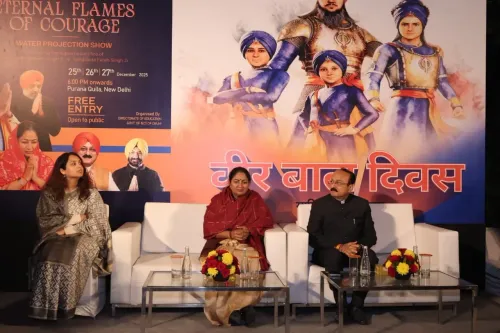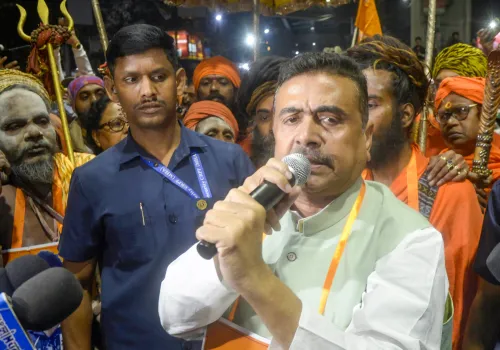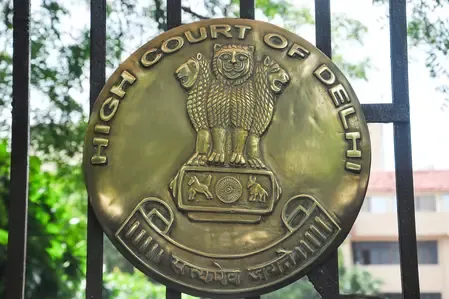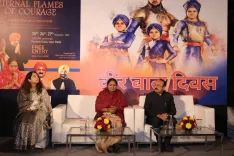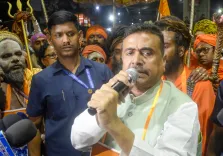How Are Guna Farmers Benefiting from the PM-KISAN Scheme?
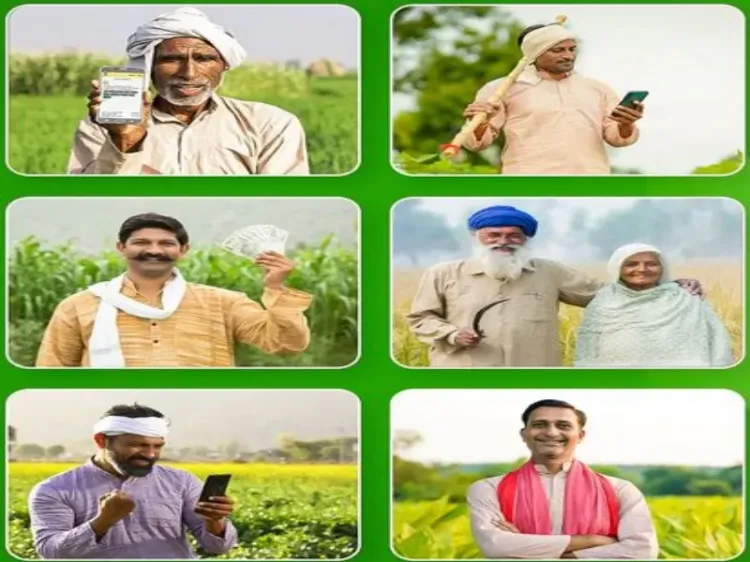
Synopsis
Key Takeaways
- PM-KISAN scheme offers Rs 6,000 annually to farmers.
- Funds are released in three installments.
- Reduces reliance on lenders.
- Direct financial support improves agricultural sustainability.
- Initiated on February 2, 2019.
Guna, July 28 (NationPress) The Pradhan Mantri Kisan Samman Nidhi (PM-KISAN) Yojana has significantly transformed the lives of farmers by providing them with financial support, enabling them to handle unexpected situations. This annual assistance of Rs 6,000, distributed in three quarterly payments of Rs 2,000 each, aids in covering various agricultural costs such as purchasing fertilizers, seeds, and plowing.
In Guna, Madhya Pradesh, several farmers conveyed to IANS how the scheme has helped them overcome challenges and significantly reduced their dependence on lenders in the agricultural sector.
Gopal Kirar, from Jhagar village, stated: “PM-KISAN has alleviated the financial struggles of farmers greatly. We utilize the funds for purchasing agricultural supplies.”
Similarly, Laxman Kirar from the same village expressed that the assistance has been instrumental in managing farming expenditures.
Mohar Singh Dhakad of Sujakhedi village remarked: “PM-KISAN is a highly advantageous initiative from the government led by Prime Minister Narendra Modi. Small and impoverished farmers are reaping substantial benefits from this program.”
“Previously, farmers depended on loans from banks to operate. Thanks to PM-KISAN, they have largely escaped the clutches of lenders as loans are no longer necessary,” said another farmer.
Jitendra Kirar added: “The financial support from this scheme meets our agricultural requirements. PM-KISAN is indeed a blessing for farmers with limited land.”
Raghuveer Dhakad expressed gratitude towards the Modi-led government for addressing the needs of the agricultural community, stating that PM-KISAN is empowering them financially.
It’s worth mentioning that the PM-KISAN scheme was initiated on February 2, 2019. Over time, it has emerged as a transformative entity in India's agricultural landscape. Under this initiative, each eligible farming family is entitled to an annual benefit of Rs 6,000.
This amount is directly transferred to the beneficiaries' bank accounts via the Direct Benefit Transfer (DBT) system, establishing it as one of the largest and most transparent DBT schemes globally.



